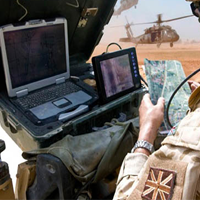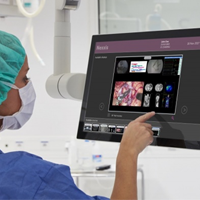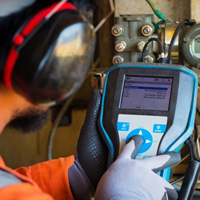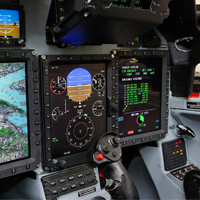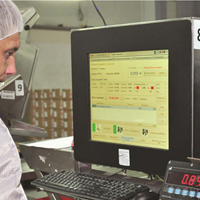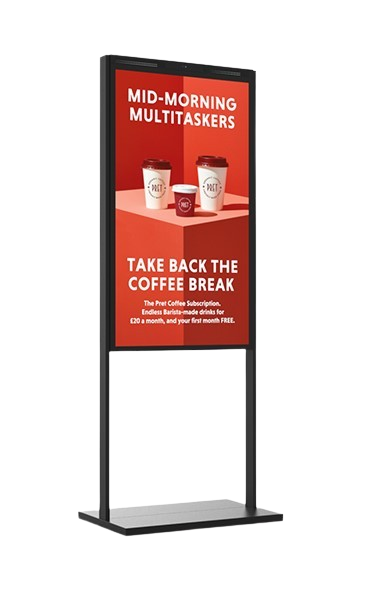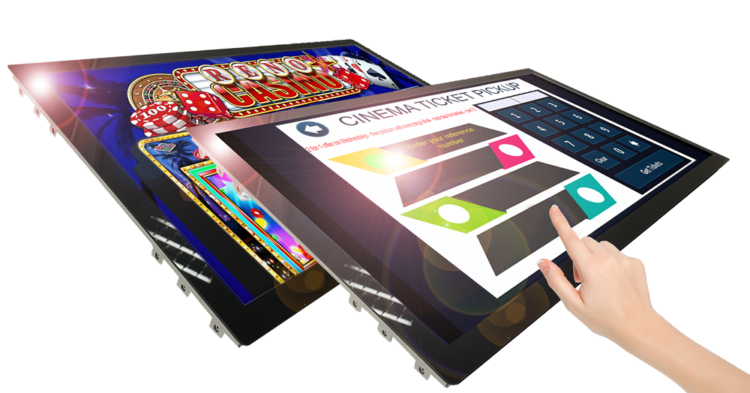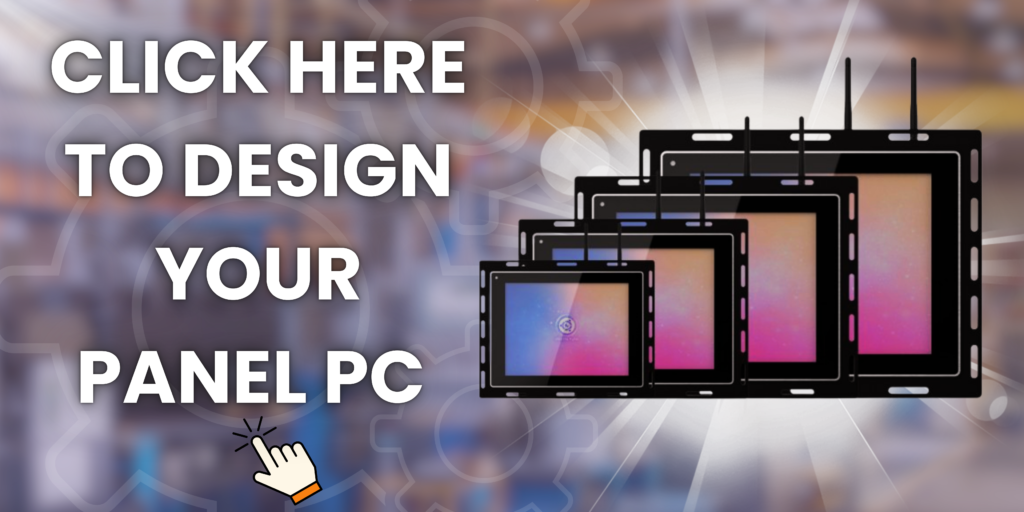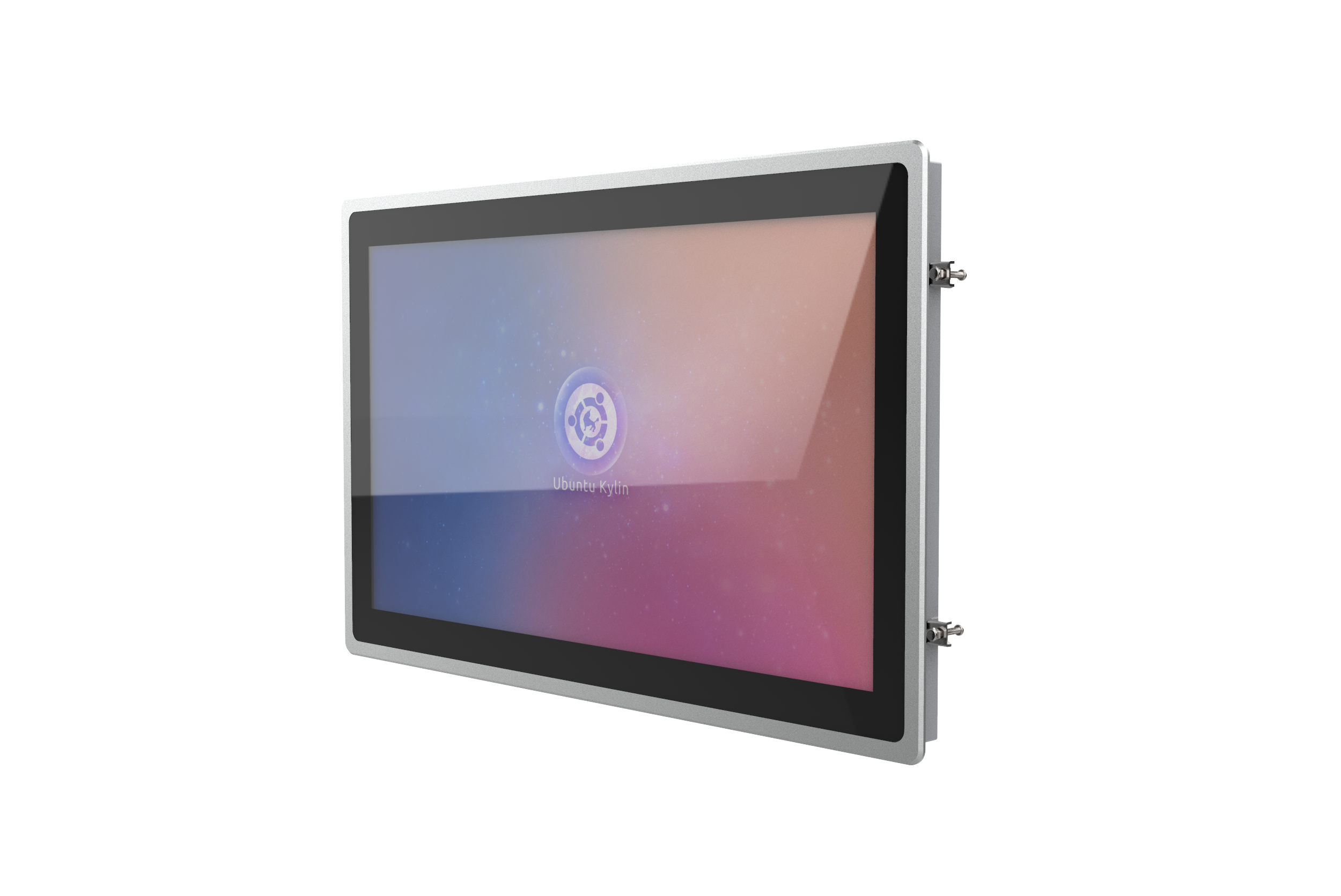In the modern world we live in people consume information on multiple devices during the day without even realising. Marketing success depends on reaching your customer with relevant information — suited for the device of choice — on each touchpoint of the journey to purchase.
The demand for both digital signage and touchscreen kiosks has increased exponentially over the years. Adding a digital layer to the customer experience is a way to increase the opportunities for engagement whether you are selling a product or educating your visitors.
Once a business decides to bridge the gap between the message and consumer, a new host of questions arise:
- What kind of digital technology do I want to use?
- What message is most important to my visitors?
- Where am I going to put the DS system?
- When will my visitors experience it?
- How will I know it’s working?
Within this blog we will discuss; Digital signage vs. touchscreen kiosks
Digital signage
Digital signage allows you to upload your content in any format such as video, photo, text, audio, etc. and present it to your customers on a small or large monitor.
Depending on the software program, you can have control over the order and timing of your content and possibly the ability to edit and upload your content in real time from a cloud connection.
Digital signage is perfect for a location where your customer might be sitting or standing for a period of time. Subways or train stations are good examples where passengers can consume multiple messages while they wait to board.
Pros:
Lower maintenance: Once you produce and upload the content that will live on your digital sign, there is very little maintenance until the content needs to be updated again.
Lower costs: Due to the low maintenance nature of digital signage, the costs are typically lower.
Cons:
Digital signage is a one-way street. If you are in a retail store, or perhaps a run-walker in an airport, 60 messages scrolling across a TV screen might not be the best answer. What if the *one* relevant message that was meant for that particular speed walker flashed by and got their attention, but did not return for another 59 messages? You’ve not only lost a customer, but also frustrated someone on a mission.

Touchscreen Kiosks
The most important difference between digital signage and touchscreen kiosks can be summed up in a single word: interaction. Enticing a visitor to interact with your message is a universal business goal.
A touchscreen kiosk will provide you with all that digital signage can offer, but with an added layer of engagement.
Touchscreen kiosk software applications are as diverse as their developers’ talent, but some key ingredients to success are:
- Remote management – the ability to edit, order, and upload in the cloud
- Attractive design – to gain attention and invite interaction
- Appropriate placement – to maximize usage
- Intuitive user interface – to ensure that once users are engaged, they stay that way until they have gotten what they need from the interaction
- Tracking software – the ability to monitor usage so that you can tailor your presentation to meet the interests and activities of your users over time
- Hardware that works – it must be reliable and rugged enough to handle your traffic needs, 24/7
- Security – both physical (to prevent device theft) and internal (to prevent unwanted access outside of the device’s intended usage)
A touchscreen kiosk works for literally anyone who has a story to tell and an audience to engage. A kiosk is more like a conversation in that it requires both the message and the visitor who drives the experience by consuming only the information they want to connect with.
Pros:
Analytics: Tracking data can help you understand what your most popular kiosk content is — something that’s impossible to measure with digital signage. Depending on the kiosk software, tracking data can be exported for analysis so you can understand how many users you are connecting with over time, what content is being viewed and for how long.
Cons:
Touchscreen devices are typically more expensive than equivalent-size digital signage monitors. In addition, the deployment of an interactive touchscreen kiosk requires a more in-depth design and development phase, so the software pricing can also be higher.
Summary
As we work to fill the gap in communication with our customers, adding a digital layer to help guide them through the journey to purchase is certainly something to consider. Whether you choose digital signage or a touchscreen kiosk will depend on your communication goals and objectives, the proposed physical location for digital media and, of course, your budget. In many cases, the added impact and measurable results of an interactive touchscreen kiosk can more than justify the additional cost over a digital signage solution — only you can decide!
For more information please contact us info@crystal-display.com or simply call us at our UK office +44(0)1634 327420

